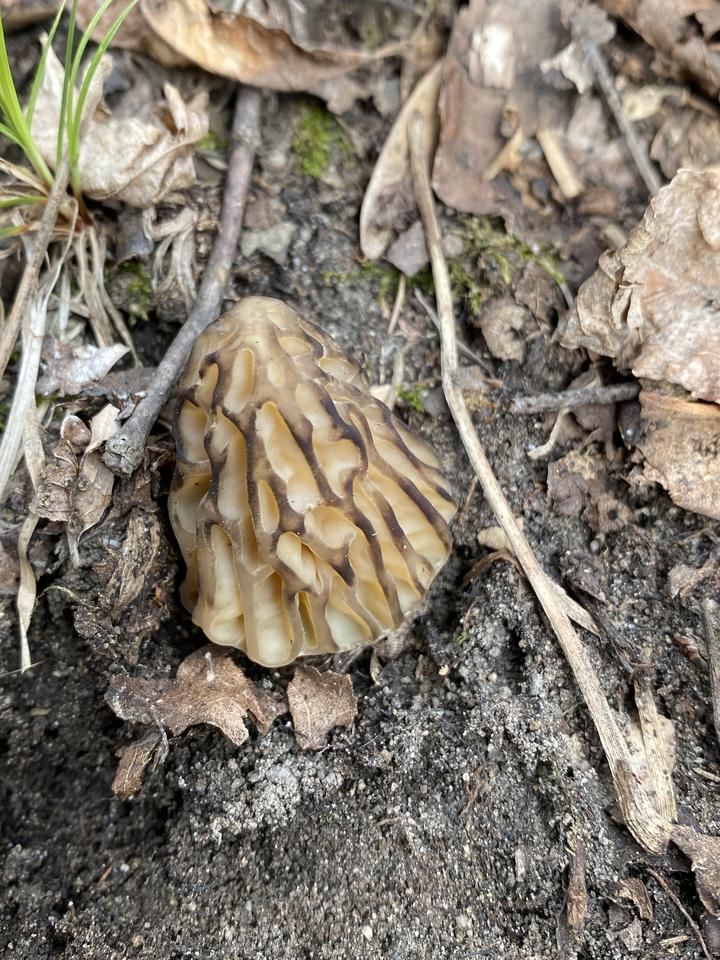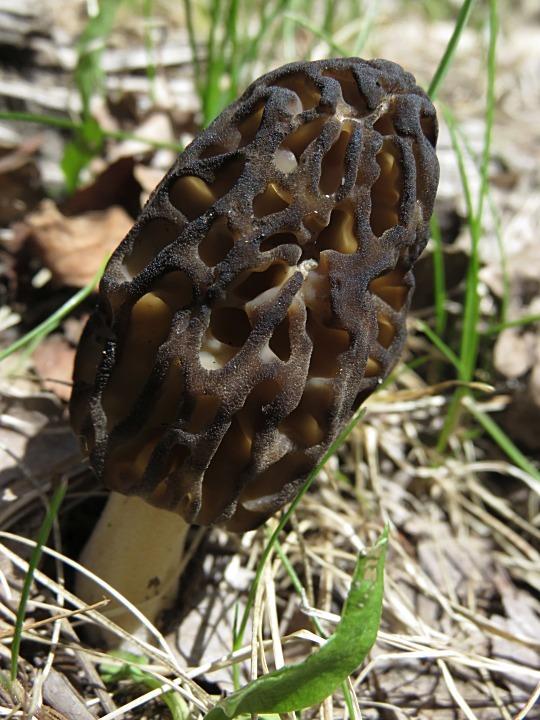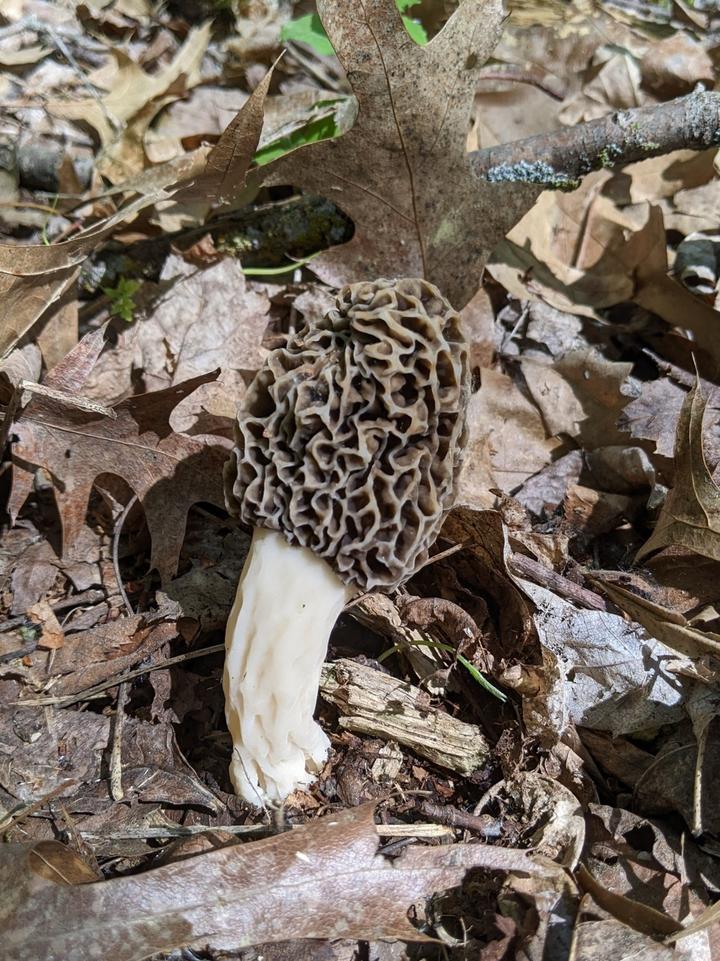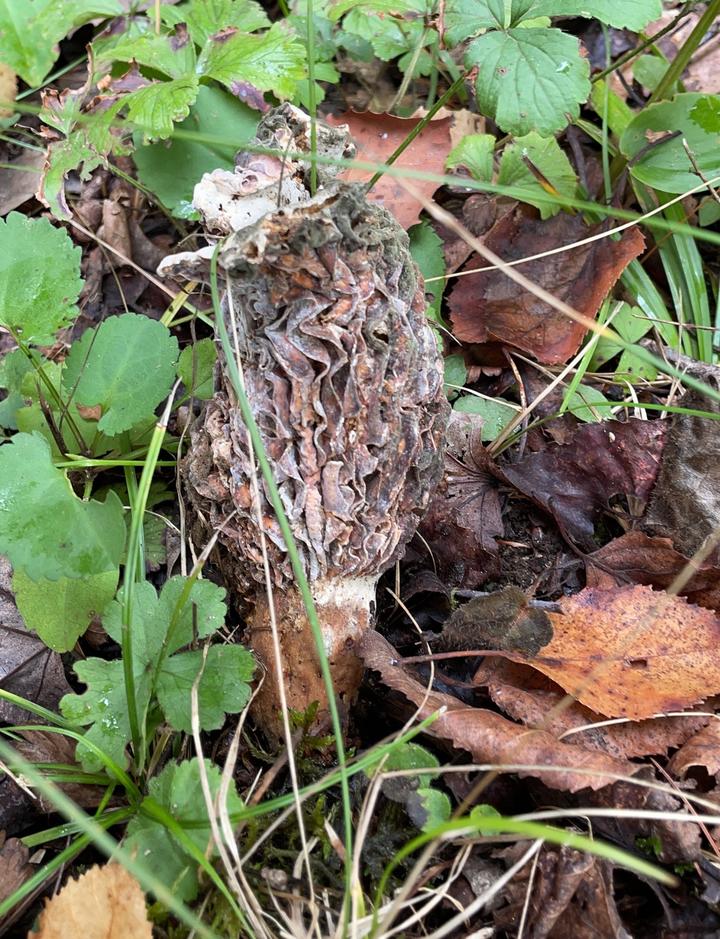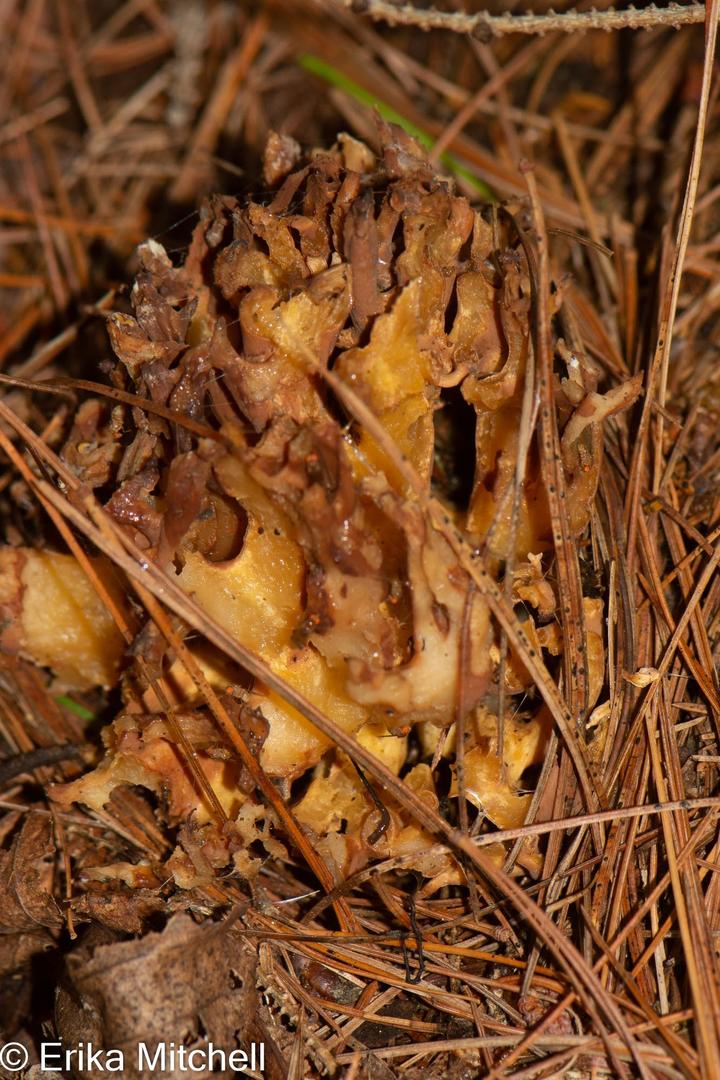More names for these fungi
The Dakota and Anishinaabe were among the earliest people to name Minnesota’s plants, fungi, and animals, as well as to understand them in relation to Minnesota’s climate and seasons. Those original names are still in use, and several are included on the Season Watch website. However, complete translations were not available.
Latin (or scientific name): Morchella (Morcella is the name of a genus with many species, several of which live in Minnesota.)
The scientific community has a convention of assigning agreed-upon Latin names to every kind of organism. Using scientific names helps people communicate confidently about the same organism and organize lifeforms based on how closely related they are.
Page contents
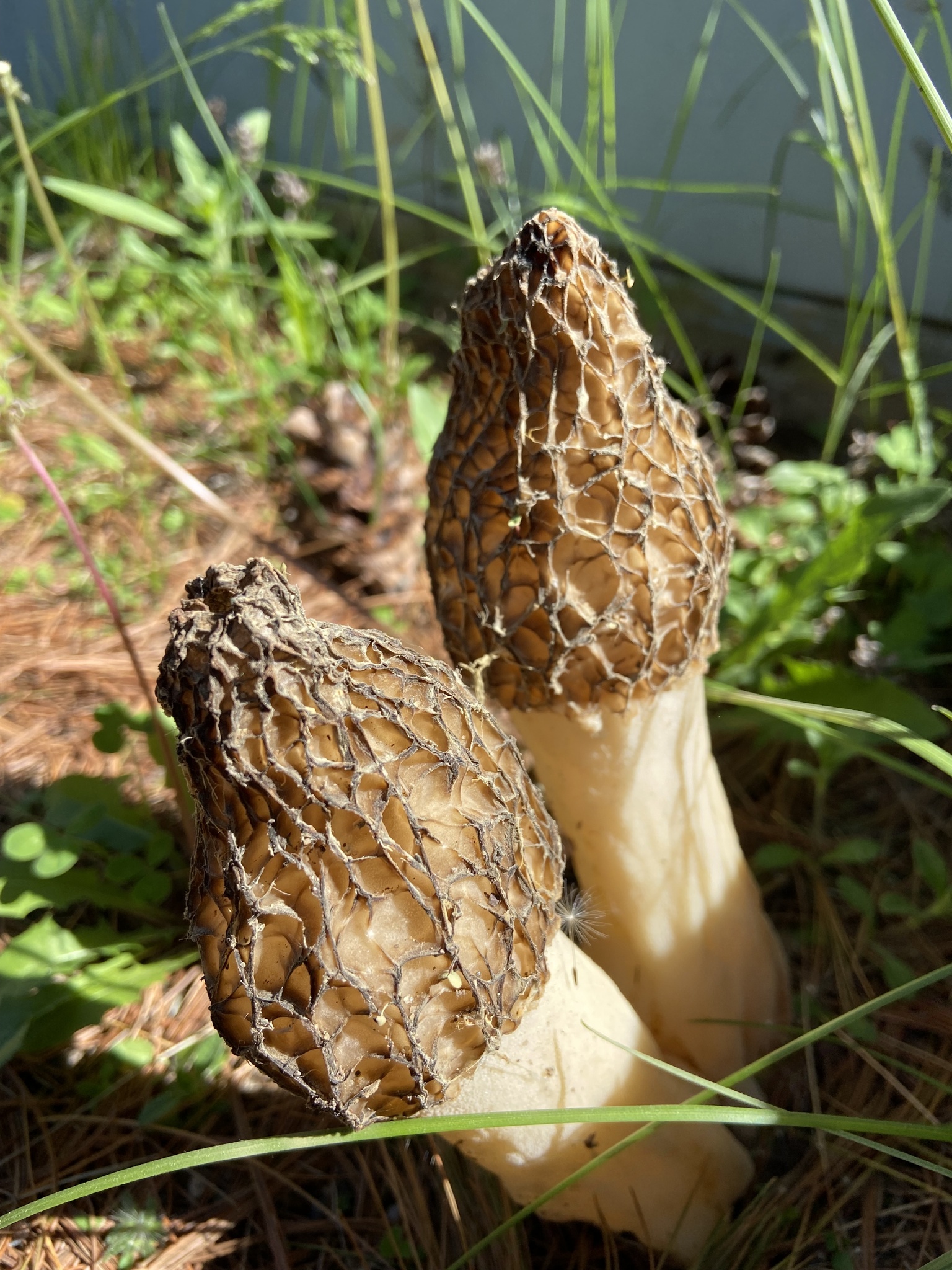
June 17, 2022, St. Louis County, Minnesota
Photo © ksoland, some rights reserved (CC-BY-NC)
iNaturalist observation
About morels
- Morels are edible mushrooms that grow two to six inches tall and have porous, sponge-like caps.
- Morels typically appear under dying trees, especially poplar, ash, and elms.
- In Minnesota, morels can generally be seen between April and June. They usually emerge after a rainfall event.
- Morel caps release spores that germinate and produce underground, root-like structures call mycelium.
- Fun fact: Morels are difficult to cultivate. Therefore, they are often harvested from the wild growing populations.
Visual guide to phenology
Watch for morels' presence (or absence) and abundance at different times of year.
Note to observers
This page explains general clues to watch and listen for when observing morel phenology. However, this page does not explain how to identify morels or collect data in a standardized way.
- For guidance on collecting data, see Nature’s Notebook.
More resources
Listen to KAXE/KBXE broadcasts tagged "morel mushrooms"
Morel species in the Minnesota Biodiversity Atlas:
Article on harvesting morel mushrooms by University of Minnesota Extension
Keep exploring Season Watch
Keep exploring Season Watch
Co-author: Lynsey Nass, Minnesota Master Naturalist
